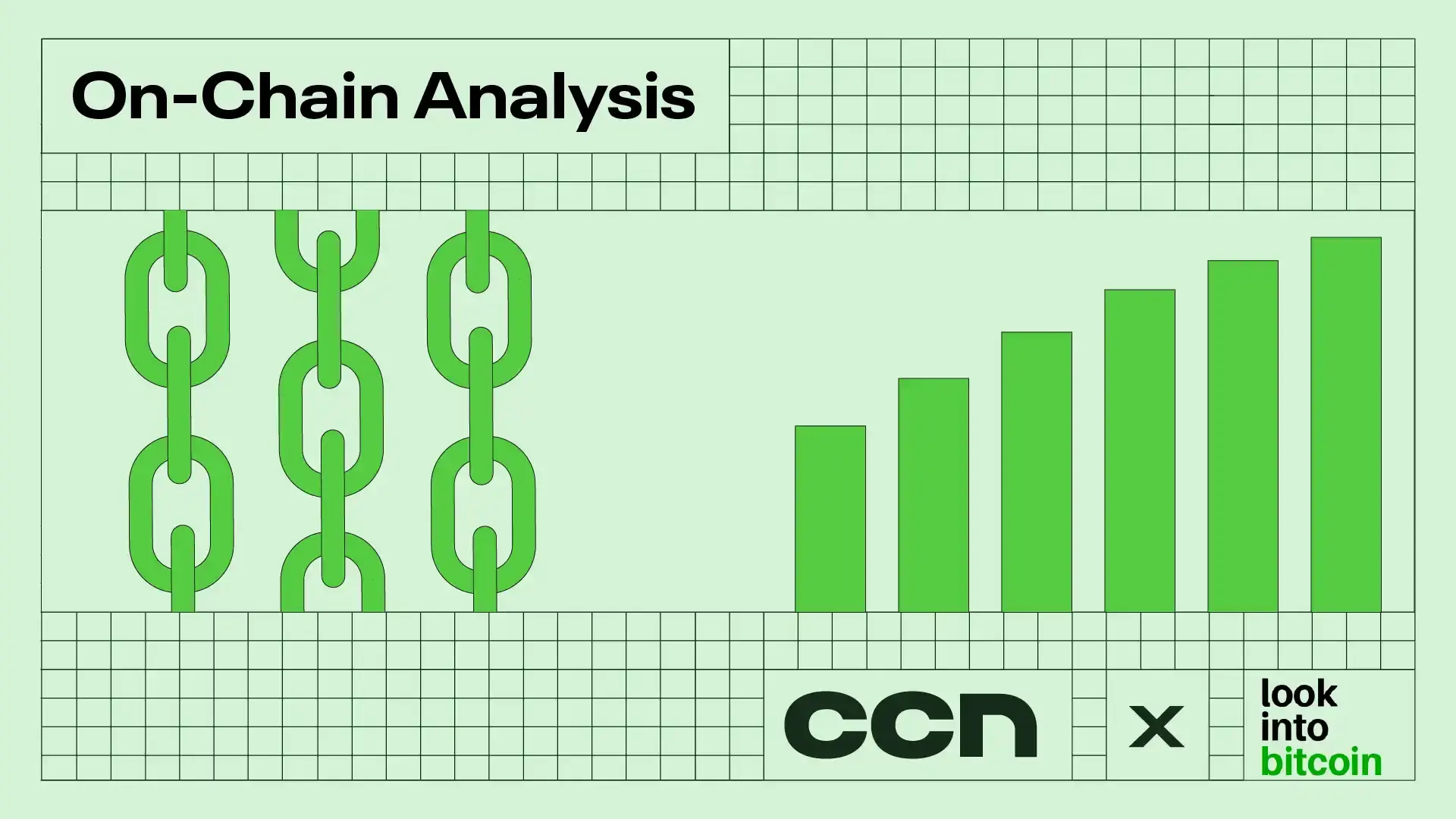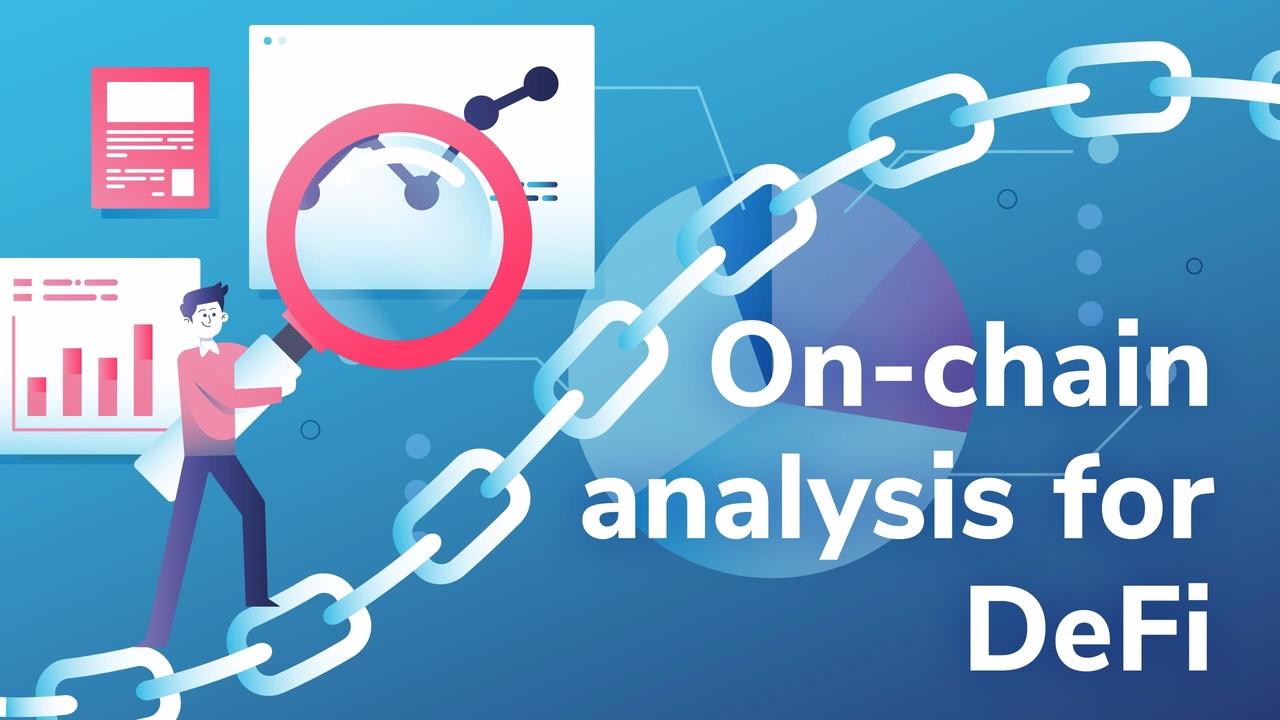Decoding the data on the blockchain can feel like trying to find a needle in a haystack. But what if you had a magnet? That’s exactly what on-chain cryptocurrency analysis does for investors and traders. It turns complex, scattered information into a treasure map to the market’s next big move. Want to know why some coins soar while others sink? Stick with me as we untangle the secrets of the blockchain, from the very basics to the most advanced tricks of the trade. Don’t let big words and tech talk scare you off; think of this as your friendly guide to beating the market with nothing but numbers and know-how.
Demystifying On-Chain Cryptocurrency Data Analysis
Understanding the Basics of Blockchain Transactions
In blockchain, each exchange of value is a transaction. I see them like digital handshakes, agreeing to move crypto from one person to another. Behind these handshakes, there’s a lot of data. Let’s decode these handshakes, shall we?
Now, think of blockchain as a diary. It lists all that happened, who owns what, and who talks to whom. Every entry is a story of trust, digitally signed and open for all to see. To keep the diary true and safe, all who use it, agree on what it says. That’s our shared trust in the tech.
Next up, our transactions wear tags. These tags give us clues. They tell us how much, why, and when something changed hands. We can see money flow like water in pipes, from one wallet to another. It shows us the lifeblood of the crypto world.
But what about seeing beyond the tags? We seek patterns, like footprints in the digital sand. Using tools, we hunt these signs to find the paths crypto takes. This is the art of on-chain metrics.
Decoding Cryptocurrency Data Interpretation Techniques
Now, let’s get our hands dirty with data. Like a detective at work, we shine a light on the info hidden in the blockchain’s depth. We track dots on maps, watch the money dance from one corner to the globe to another. It’s fascinating!
We often bump into two terms, ‘hodl waves’ and ‘coin days destroyed’. These show us when old coins wake up and move after a long nap. They hint at big waves in the market, maybe a sale or a buy spree.
We also play with ‘active address count’. It tells us how many wallets are talking each day. More talk could mean a busy market. And that’s just the tip of the iceberg.
Using chainalysis techniques, we dissect each byte of data. We seek to know who sends, who gets, and what strings tie them together. It’s like solving a puzzle with millions of pieces, day by day.
On-chain data isn’t just numbers. It’s a treasure trove of secrets. It offers a glimpse into the mind of the market, the moves of the mighty ‘crypto whales’. By watching carefully, we learn the dances of supply and demand.
Moving cryptos create trails. We use these trails to predict where the market might swing next. With a careful eye and smart tools, we see inside the beast of trade. And that, friends, is the thrill of peeling back the layers of blockchain data. It is a landscape rich with clues, ripe for discovery, and exciting in its potential to reveal the inner workings of the crypto world that keeps our digital economy buzzing.
Evaluating On-Chain Metrics and Blockchain Activity
The Significance of Transaction Volume and Token Circulation
On-chain metrics tell us a lot. They show how much crypto moves on the blockchain. Tracking the total value of transactions over time helps us spot growing use or drops in activity. More trades can mean more trust and use in a crypto asset. Token circulation tells us how often coins change hands. It helps us see if a currency is really being used or just stored away. Coins moving a lot can mean a healthy, active system.
Now, let’s break this down further to understand why it matters. High transaction volume shows a buzzing network, with lots of people sending crypto every day. When coins are circulated widely, it suggests a large number of people believe in the coin’s value and use it in their daily transactions. Low volume and circulation, however, could signal that users are losing interest or are just holding their assets waiting for prices to climb. By watching these figures, we get a clear picture of the market’s health.
Insights from Address Behaviors and Smart Contract Interactions
Every wallet on the blockchain has its own address. By looking at address behaviors, we spot trends and patterns. Are more people holding or selling? How are they reacting to market changes? Address data can reveal the number of new and active users, showing interest and growth in a crypto project.
Smart contracts are bits of code making the blockchain alive. They handle complex tasks automatically, like swapping coins or creating new tokens. When we look at how people interact with these contracts, we glimpse into new crypto trends. For example, a rise in interactions with a lending contract could mean more people are interested in decentralized finance (DeFi).
These behaviors tell stories. Maybe there’s a new app driving a ton of traffic, or an update that gets everyone excited. They can signal shifts in the market, like a new coin becoming popular or an old one losing shine. By coupling smart contract activities with wallet data, we see the bigger picture and better understand how and why the market moves as it does.
In summary, diving deep into transaction volumes and token circulation lays open the true action within a blockchain. Address behaviors and smart contract interactions further refine the story, bringing us closer to what’s really happening behind the scenes. And this is where the magic of on-chain analysis lies — in these patterns and movements, where the secrets of the crypto market wait for those with the skill to uncover them.
Impact of Whale Movements and DeFi on Crypto Markets
Tracking Large Transaction Spikes and Crypto Exchange Inflows
In the crypto world, big fish, called “whales,” make waves. Whales are folks with lots of a cryptocurrency. When they buy or sell, it’s like a splash in the pond. We see ripples as prices and trends change. And we can track these splashes. How? By watching transaction spikes and money moving onto exchanges. These are like clues, telling us what whales might do next.
To get it right, we must “listen” to the blockchain. That means looking hard at the data. By doing so, we can breathe better in the wild market seas. Whales often move money when they think the price will change. If lots of money flows into exchanges, a sell-off might be coming. Why? Because folks often send cryptocurrency to exchanges to sell it.
So, a big jump in exchange inflows could mean prices might fall. If you see this, it’s your alert. What about the opposite, when inflows shrink? It could signal that selling pressure is easing up. Prices might not drop much more, or they might even start to climb.
Think of exchange inflows as a market mood ring. Its color change may show you what’s coming. To be smart about it, combine this data with other signs. Then, you find clearer patterns. Always aim to know more than yesterday. That’s the key.
Analyzing Liquidity Pool Dynamics and DeFi Analytics
DeFi, or decentralized finance, changes the game. It lets people lend, swap, and earn with their crypto, directly with each other. We don’t need banks here. One peek into this world, and you’re watching money flow. It goes into things called “liquidity pools.” These pools are like big pots of money. People add their crypto to help others swap or borrow.
Now, here’s the deal with these pools. The bigger and more active they are, the healthier DeFi seems. But sizes change, and so do the cryptocurrencies within. We must inspect these shifts keenly. Little changes hint at what people think is a good deal or a bad bet. We watch and learn. If a pool grows fast, it shows trust and interest. If it shrinks or stirs a lot, something’s up. It might not feel safe or worthwhile to people anymore.
By looking at DeFi, we can tell the health of the crypto air we breathe. It’s more than just numbers. It’s stories of trust, risk, and choice. Each move in a pool, each new trend, is a sentence in a larger tale. To make sense of it, dive into the data. But don’t stop there. Ask why. Look around and add every clue to your storybook of crypto knowledge. Remember, it’s not just about being right once. It’s about staying wise, trade after trade.
Advanced On-Chain Analysis for Investment Strategies
Incorporating NVT Ratio and Miner Revenue in Market Predictions
Let’s talk money and how to spot if a coin is all hot air or truly worth your dime. The NVT ratio helps us here. Think of it like the P/E ratio in stocks, but for crypto. Low NVT means a coin may be undervalued. High NVT could mean overvalued. The NVT ratio equals the market cap divided by the daily transaction volume.
Simple right? A low NVT hints that a cryptocurrency is undervalued based on its transaction volume. It tells us that, hey, this coin gets used a lot but its price doesn’t show it yet. A high NVT, though, could wave red flags. It tells us maybe this coin costs more than it should based on how much it’s actually used.
Now, let’s not forget those who keep the lights on: the miners. Miner revenue— what miners earn from creating new coins and transaction fees—matters a lot. It costs to mine, and if the rewards dip too low, miners may stop, making the network slower. Keeping tabs on miner revenue can hint at a coin’s health. More money for miners generally means a strong network—they’ll keep mining and keep transactions zipping along.
Understanding ERC-20 Tokens and the Role of Mempool Data in Blockchain Congestion
Have you ever heard about ERC-20 tokens? These are like the common language for the tokens on Ethereum. Knowing which ones are active can tell you heap about what’s hot in the market. ERC-20 tokens flooding the market could mean lots of activity, or maybe just bloat.
Now, ever send crypto and it just… sits there? Enter the mempool, where all unconfirmed transactions hang out. A full mempool can mean a jammed network and higher fees. By watching mempool data, we know when’s best to send transactions. Fewer unconfirmed transactions generally equal faster and cheaper transactions for everyone.
Keeping watch here, seeing the amount of “pending” transactions, we can guess how slow or fast the network is. Less stuff in the mempool can mean all’s clear for quick and cheap sends. More stuff could mean a wait and a hefty fee. Smart folks time their sends to dodge the crowds here.
These tools — the NVT ratio, miner revenue figures, ERC-20 activity, and mempool size — together form a powerful kit for any investor’s belt. They turn raw data into clear signals. Signals that can help you choose wisely between holding tight or cashing out. Do the numbers, watch the trends. They can lead you to make smart calls in the wild ride we call the crypto market.
In this post, we’ve cracked the code on on-chain crypto data. From the nuts and bolts of blockchain transactions to diving deep into decoding data, we covered it all. We explored key metrics like transaction volume and watched how big players, the whales, tilt the market scales. Plus, we linked the dots between DeFi movements and market trends.
Looking at advanced analysis, we saw how the NVT ratio and miner revenue paint the big picture for savvy investors. We didn’t miss out on the growing ERC-20 tokens and mempool data that show us the traffic jams on the blockchain highway.
In the end, remember this: on-chain data is your map in the crypto world. It guides you through the digital currency landscape—dense, complex, but navigable with the right tools and know-how. Use this insight to spot trends and invest with a sharp eye. The crypto market waits for no one, but now, you’re better equipped to ride its waves.
Q&A :
What is on-chain cryptocurrency analysis?
On-chain cryptocurrency analysis refers to the process of scrutinizing transaction data that is recorded on a blockchain. This type of analysis can uncover insights on wallet addresses, the flow of digital assets, and overall economic activity within a cryptocurrency’s network. Analysts use this information to identify trends, investor behavior, and potential market movements.
How does on-chain analysis differ from traditional market analysis?
On-chain analysis is unique to the world of cryptocurrencies and blockchain technology. Unlike traditional market analysis, which often focuses on price movements and trading volumes through exchanges, on-chain analysis looks directly at the data recorded on the blockchain. This means assessing the actual transfers of cryptocurrency between addresses, tracking wallet balances, and understanding the smart contracts’ interactions.
Can on-chain data predict cryptocurrency price movements?
While on-chain data can provide valuable insights into the behavior and trends within the cryptocurrency market, its ability to predict price movements is not absolute. On-chain analysis may point to certain patterns or signals that analysts interpret as bullish or bearish, but these are based on historical data and current activity. External factors and market sentiment also play a significant role in cryptocurrency pricing.
What tools are used for on-chain cryptocurrency analysis?
There are several tools and platforms available that specialize in on-chain analysis for cryptocurrencies. These tools gather blockchain data and provide metrics such as transaction volumes, active addresses, hash rates, and more. Some popular on-chain analytics platforms include Glassnode, Chainalysis, and CryptoQuant. These platforms often provide dashboards and APIs for analysts and investors to make more informed decisions.
Why is on-chain cryptocurrency analysis important for investors?
On-chain cryptocurrency analysis is crucial for investors because it offers a deeper understanding of the underlying health and strength of a cryptocurrency’s network. By examining factors like network usage and transaction values, investors can gauge the long-term viability and potential for adoption of a cryptocurrency. Additionally, on-chain metrics may help investors identify accumulation patterns early on or detect when a market might be overheating.






